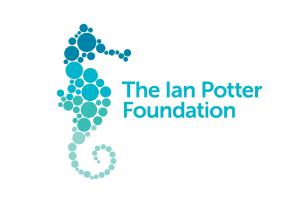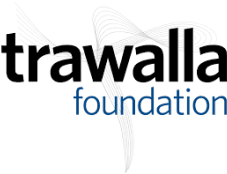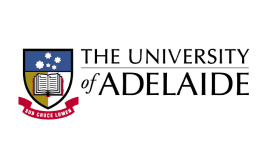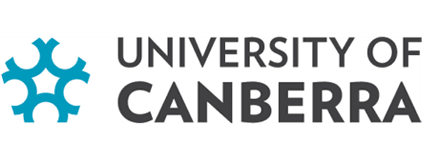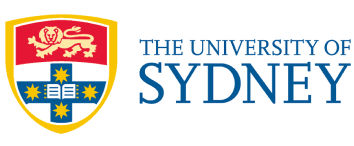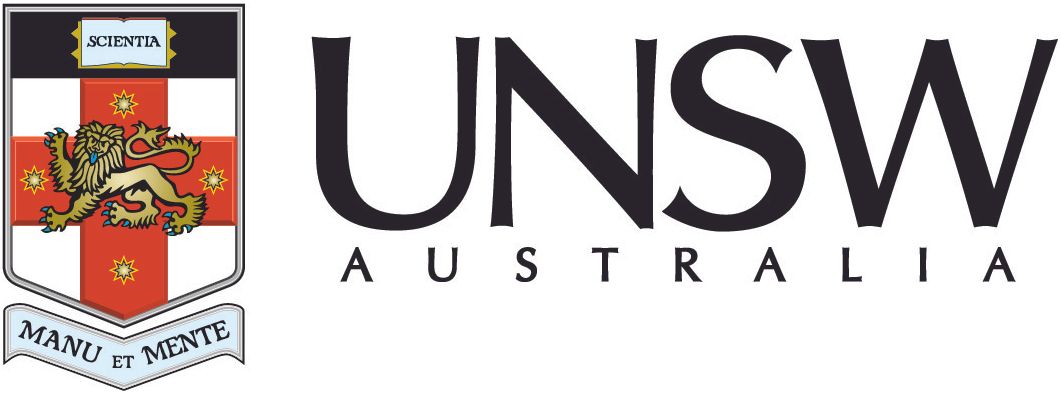Aerial culling the only humane and feasible option to manage exploding feral horse population in NSW Alps
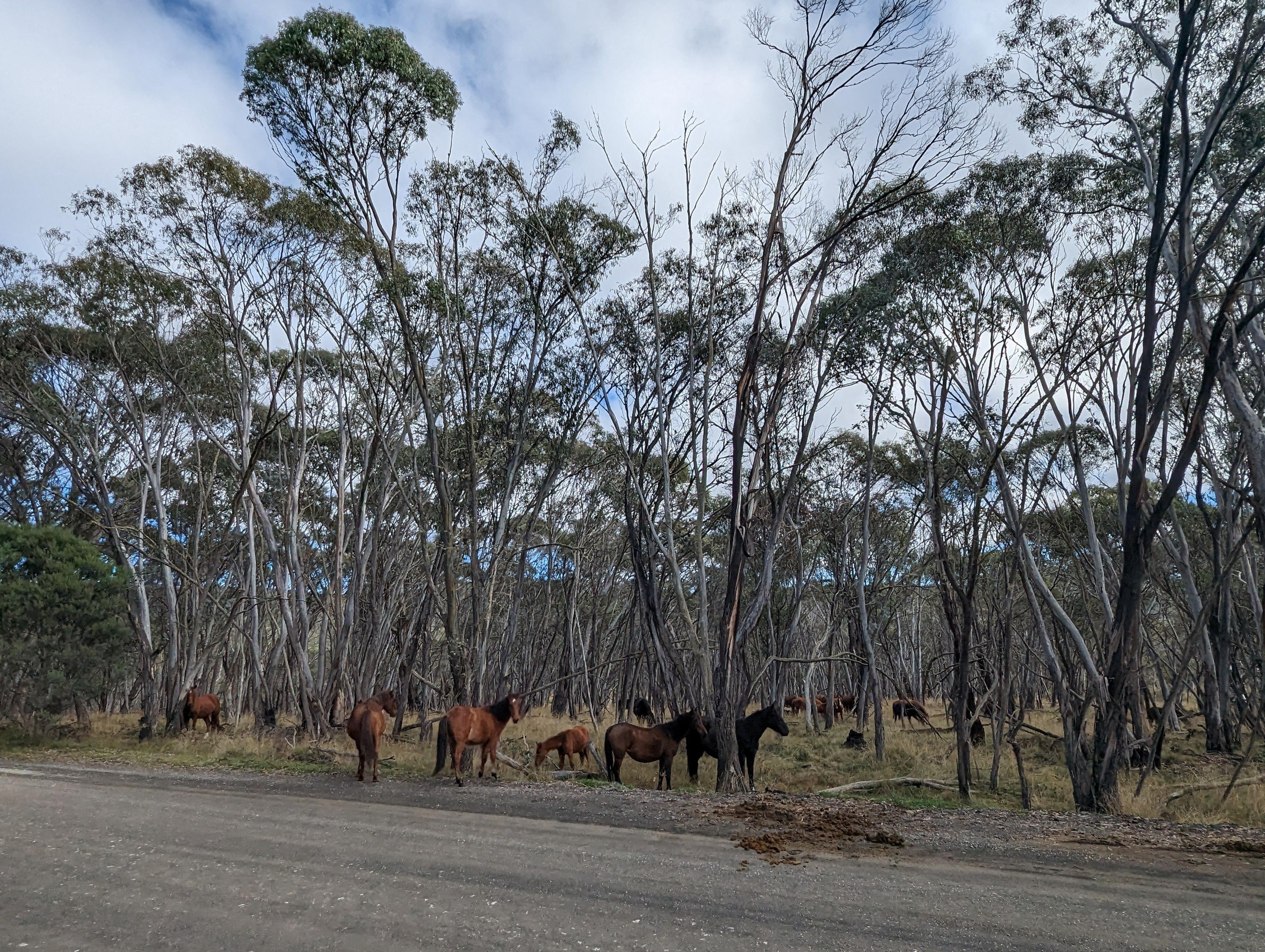
Feral horses in Kosciuszko National Park. Image: James Trezise
Media Release
27 October 2023
The Biodiversity Council has commended the decision of the NSW Government to resume aerial culling of feral horses in Kosciuszko National Park.
The independent expert group says that resumption of aerial culling is vital to reduce the devastating impact that the skyrocketing feral horse population is having on delicate alpine ecosystems.
The Biodiversity Council was founded by 11 universities and brings together leading experts, including Indigenous knowledge holders, to promote evidence-based solutions to Australia’s biodiversity crisis.
Quotes from our experts:
Acting Executive Director James Trezise, Biodiversity Council:
'This is an important move by the NSW Government to ensure the native wildlife and ecosystems of the alps can be safeguarded for future generations and normalises management methods with those available in the ACT and Victoria.
'Kosciuszko National Park and its wildlife and ecosystems have suffered enormously due the poor management of feral horses, whose population has exploded to more than 18,000 based on official estimates.
'The simple reality is that current control methods are unlikely to reduce the population sufficiently to meet the target of 3000 horses by 2027, which was set by the former coalition government.
'Years of politicisation of the management of feral horses in the Alps has forced park managers to sit on their hands and enabled the feral horse herd in the park to grow exponentially.
'We know that Australian's care deeply about our native wildlife and ecosystems. The sad reality is that we need to dramatically reduce the feral horse population in the park if we are to give the native plants and animals of Kosciuszko National Park a chance against the myriad of threats they face.
'Aerial control, implemented by trained professionals following agreed standard operating procedures and animal welfare guidelines, is a critical tool in effective pest animal management. It is routinely used in the park for other invasive mammal species such as feral pigs and feral deer without fanfare.’
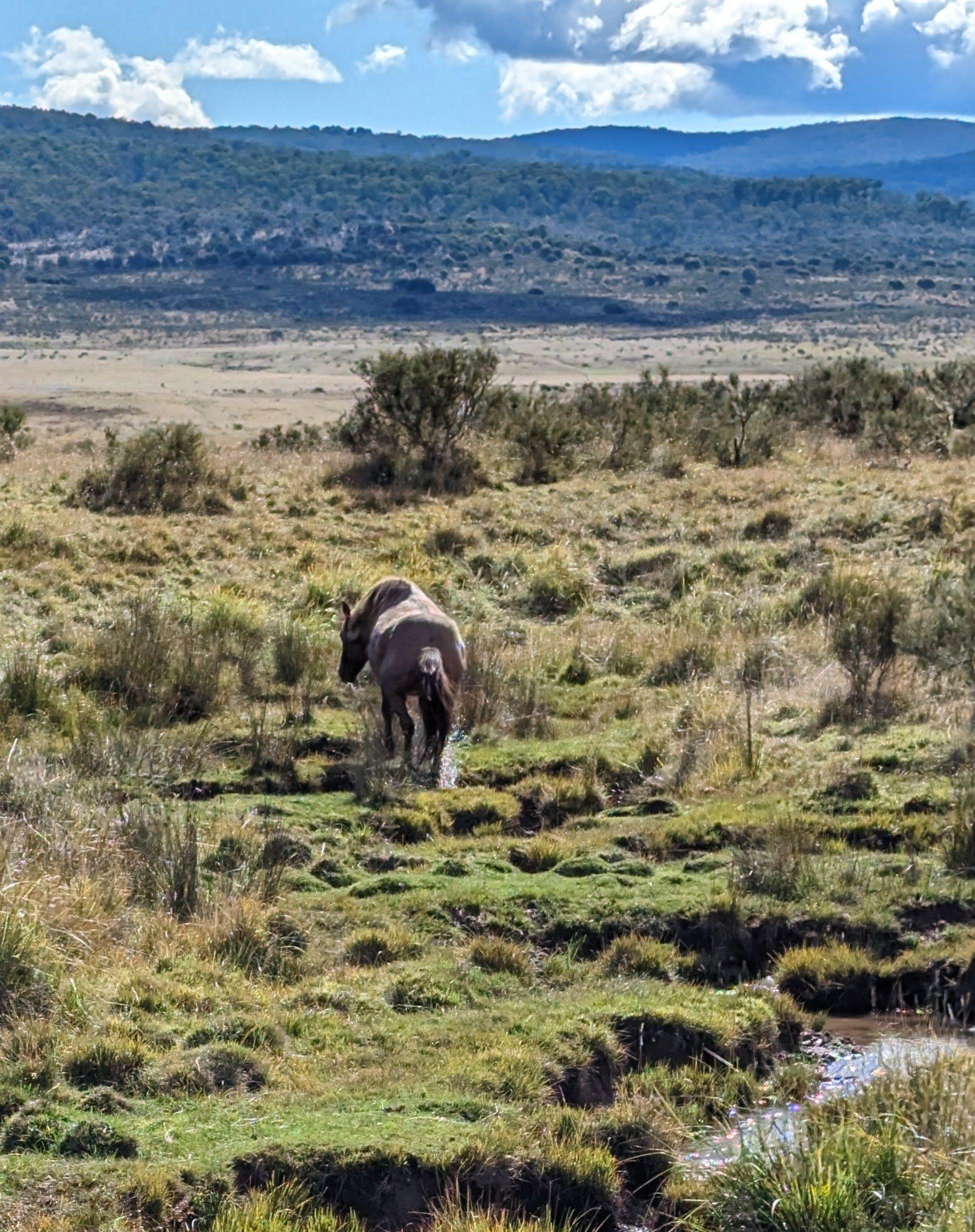
Feral horse walking through sensitive wetland in Kosciusko National Park. Image: James Trezise
Councillor Professor Euan Ritchie, Biodiversity Council and Deakin University:
‘Scientific research suggests that on balance, aerial culling (shooting) is the most humane and logistically- and cost-effective method of reducing horse populations over large, rugged and remote areas.
‘Alpine ecosystems are fragile, and even small numbers of feral horses can severely damage the habitats of native wildlife, including many threatened species.
‘Through grazing, trampling, wallowing, defecation and spreading seeds of invasive plants, feral horses can greatly alter or reduce vegetation cover, complexity and diversity, and cause significant damage and erosion to soil and streambanks, leading to changed waterflows, siltation, and pollution.
‘Reducing or eliminating feral horses from alpine areas will benefit native wildlife species including corroboree frogs, broad-toothed rats and stocky galaxias.
‘Unmanaged and abundant feral horse populations not only pose a risk to native wildlife populations and ecosystems, and potentially human safety, but horses themselves face poor welfare outcomes due to starvation, especially during winter and after fire, where insufficient food may be available to sustain high numbers of horses.
‘Aerial shooting of feral horses, by highly trained, professional shooters, poses less risk of poor animal welfare outcomes than attempting to capture horses over rugged and remote terrain, where horses risk injury when being pursued on-ground.’
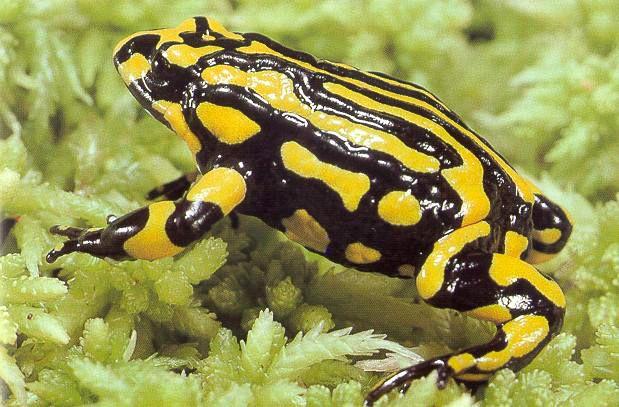
The critically endangered corroboree frog uses wetlands that are being trampled by feral horses in Kosciuszko National Park. Image: Australian Alps National Parks, CC BY-NC_ND 2.0 DEED
Councillor Dr Kate Umbers, Biodiversity Council and Western Sydney University:
‘Our Alps are the lowest elevation alpine regions in the world and the ecosystem is under immense pressure from a variety of +threats including climate change and invasive species. We must remove as many threats as possible to give the ecosystem a chance of remaining stable through the worst of climate change.
‘We must restore and maintain the integrity of our alpine ecosystems. Healthy alpine ecosystems refine the water that we depend on.
‘Where the ecosystem is intact, our water starts out in alpine streams stabilised by unique alpine plants where it is filtered by ancient freshwater alpine insects and slurped by corroboree frogs.’


